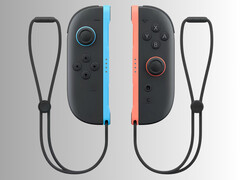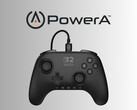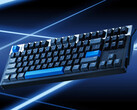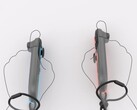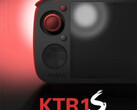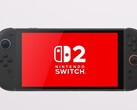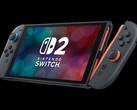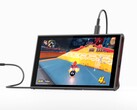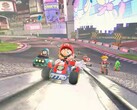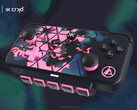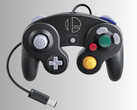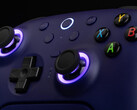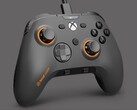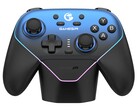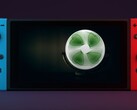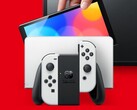Nintendo answered many questions during its April 2nd Switch 2 reveal. Gamers now know the console's screen size, price, and precise release date. Also, the Switch 2 Joy-Cons attach magnetically with an optional mouse mode. However, it remains unclear whether their analog sticks also benefit from magnets. Hall effect sensors are a way to combat the stick drift of the original Switch controllers.
Like with Microsoft and Sony, Nintendo has faced criticism for malfunctioning Joy-Cons. The first Switch's analog sticks would gradually become unreliable. After regular use, movements in games may be inaccurate or spontaneous. Hall effect technology solves the issue by relying on magnetic sensors to detect inputs. Without physical components colliding, analog sticks last longer without problems. Despite demands from gamers, Nintendo and its rivals have shunned Hall effect in their stock controllers.
Even though some media members have tested the Switch 2, they haven't solved the mystery. Hopes were raised when the NY Times Wirecutter referenced Hall effect sensors during its preview. Unfortunately, the writer later clarified that the statement was speculation-based. During an Ask the Developer interview, Nintendo's Kouichi Kawamoto only stated that the larger Joy-Con sticks were more durable and moved more smoothly. The General Manager of the Technology Development Division, Tetsuya Sasaki, echoed the description of the completely rebuilt controllers.
Switch 2 leaks leading up to the Nintendo Direct also suggested that the company addressed stick drift concerns. In January, NextHandheld, with a solid track record, discovered Hall effect sensors in a Switch 2 teardown.
Sadly, the specs for the Switch 2 Pro Controller don't mention Hall effect. It's likely only a matter of time before gamers get clarification. Journalists expect more access to the console in the coming weeks. Also, Nintendo Switch 2 Experience events are scheduling hands-on time for attendees.




